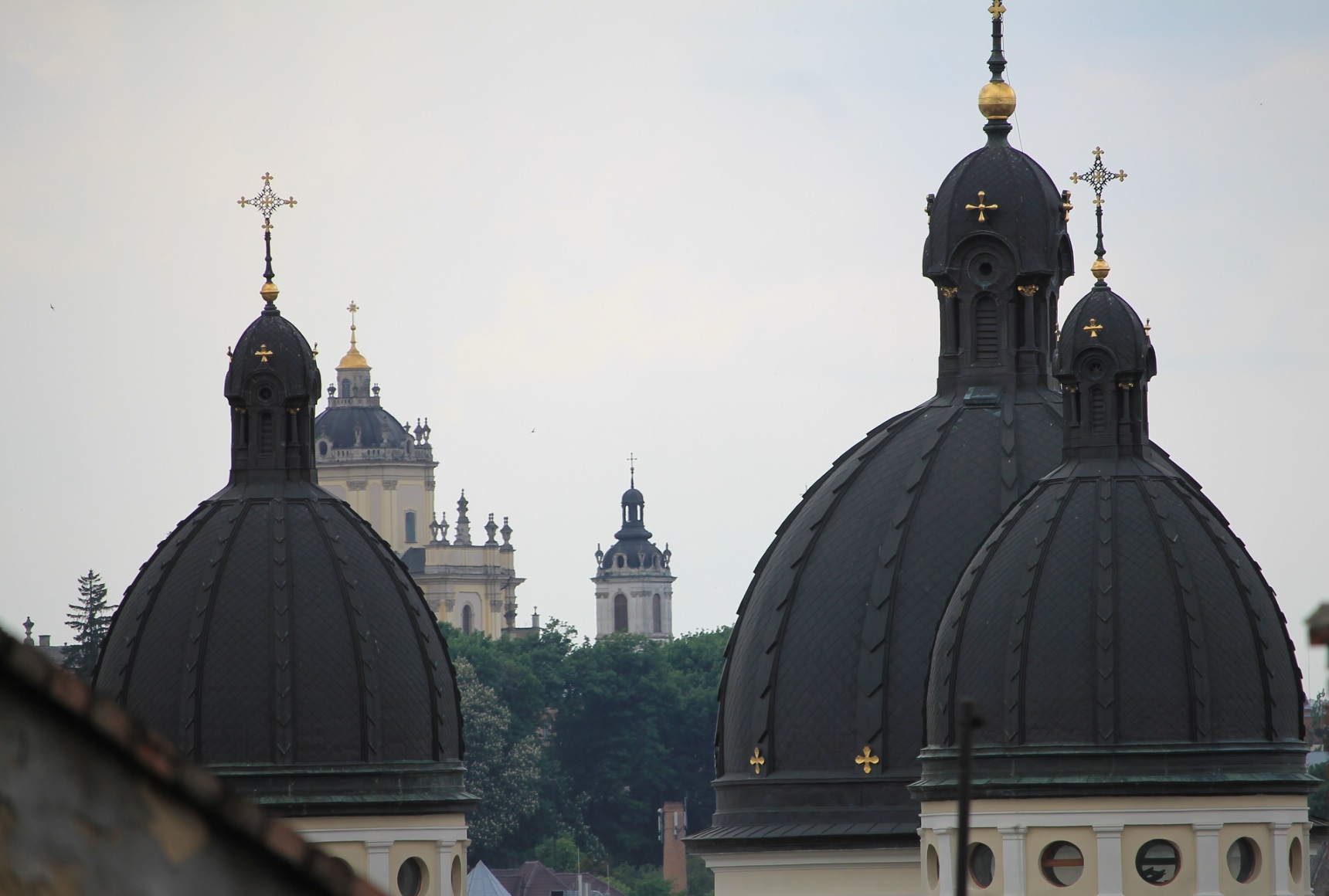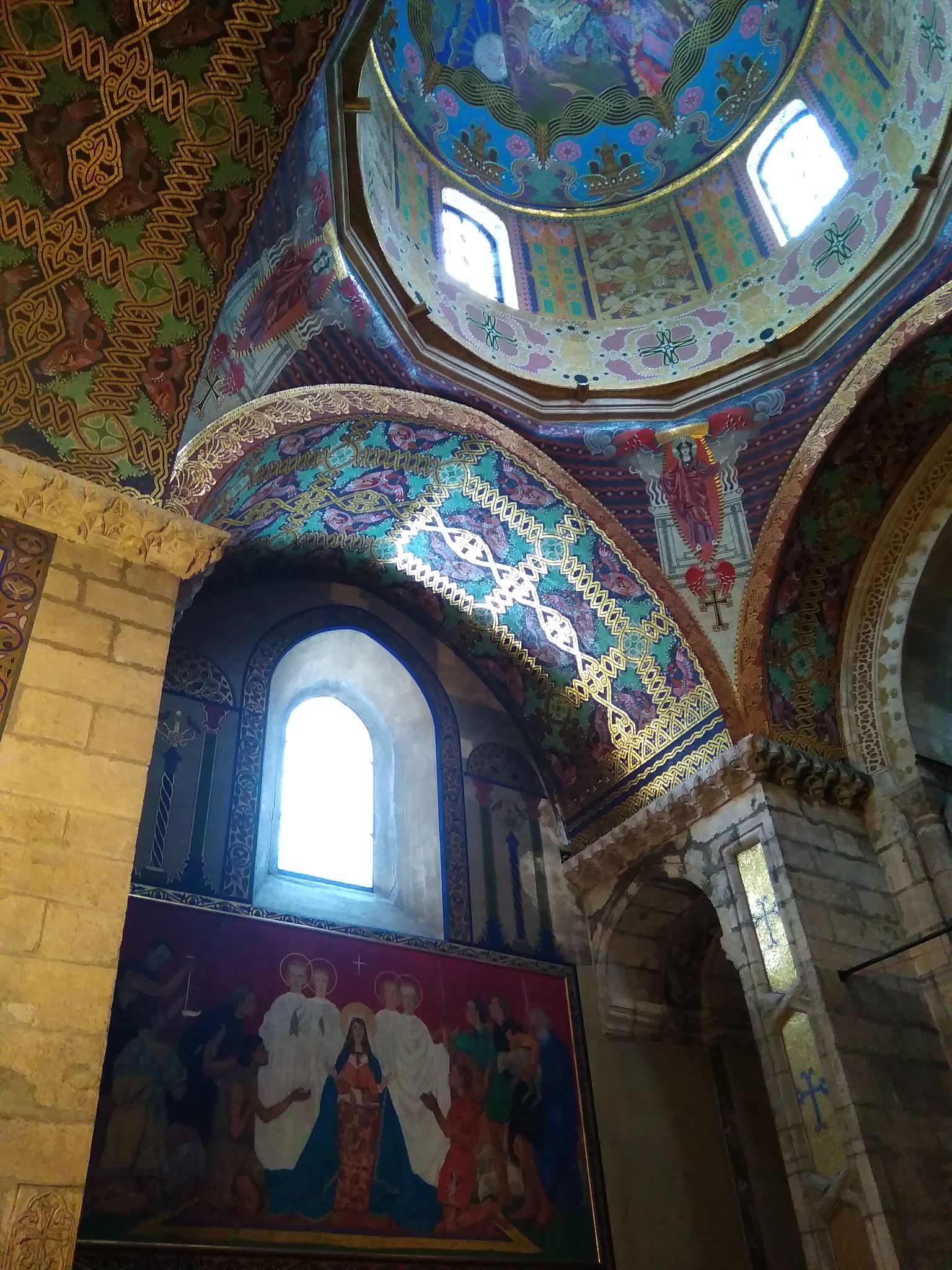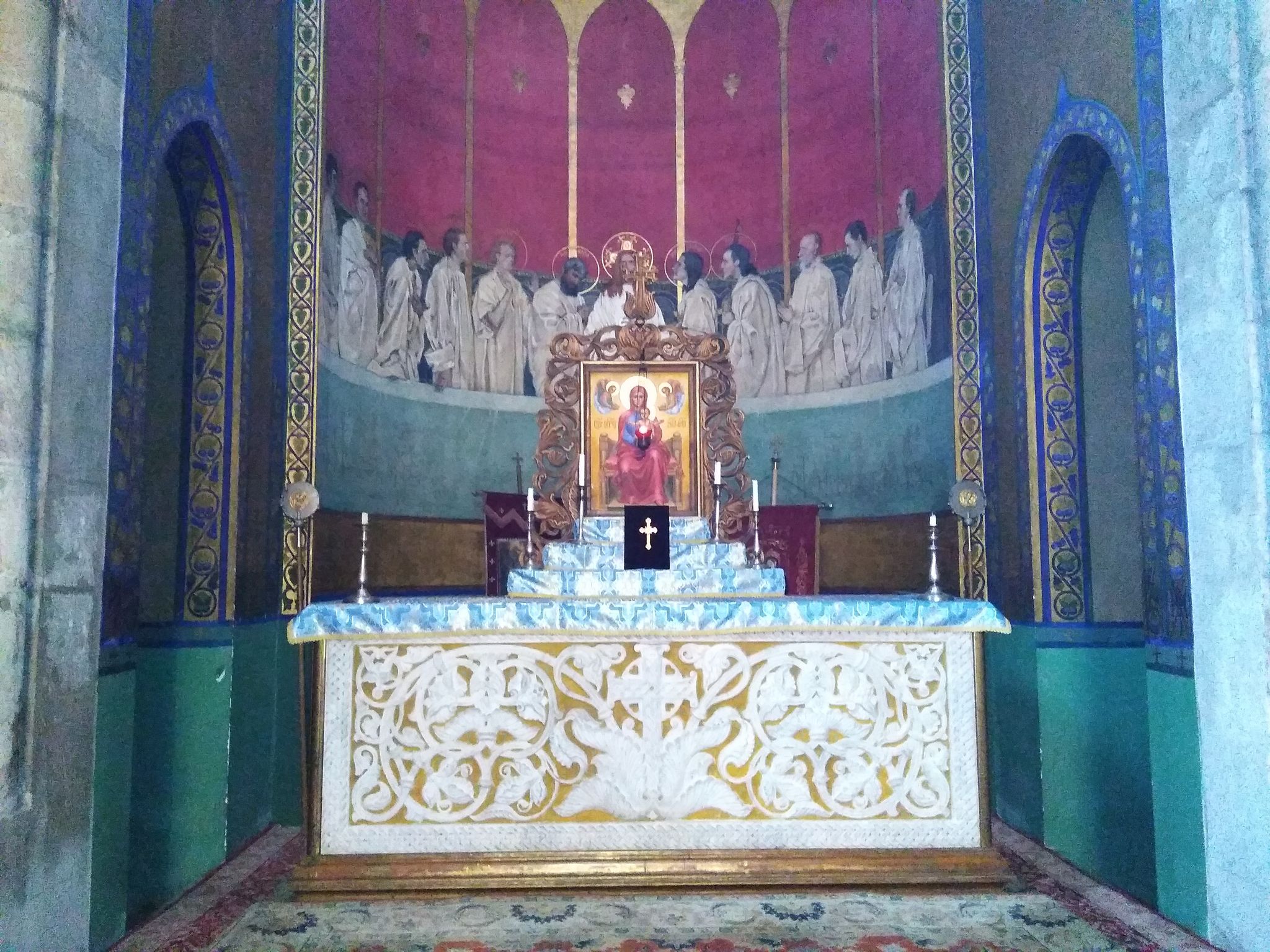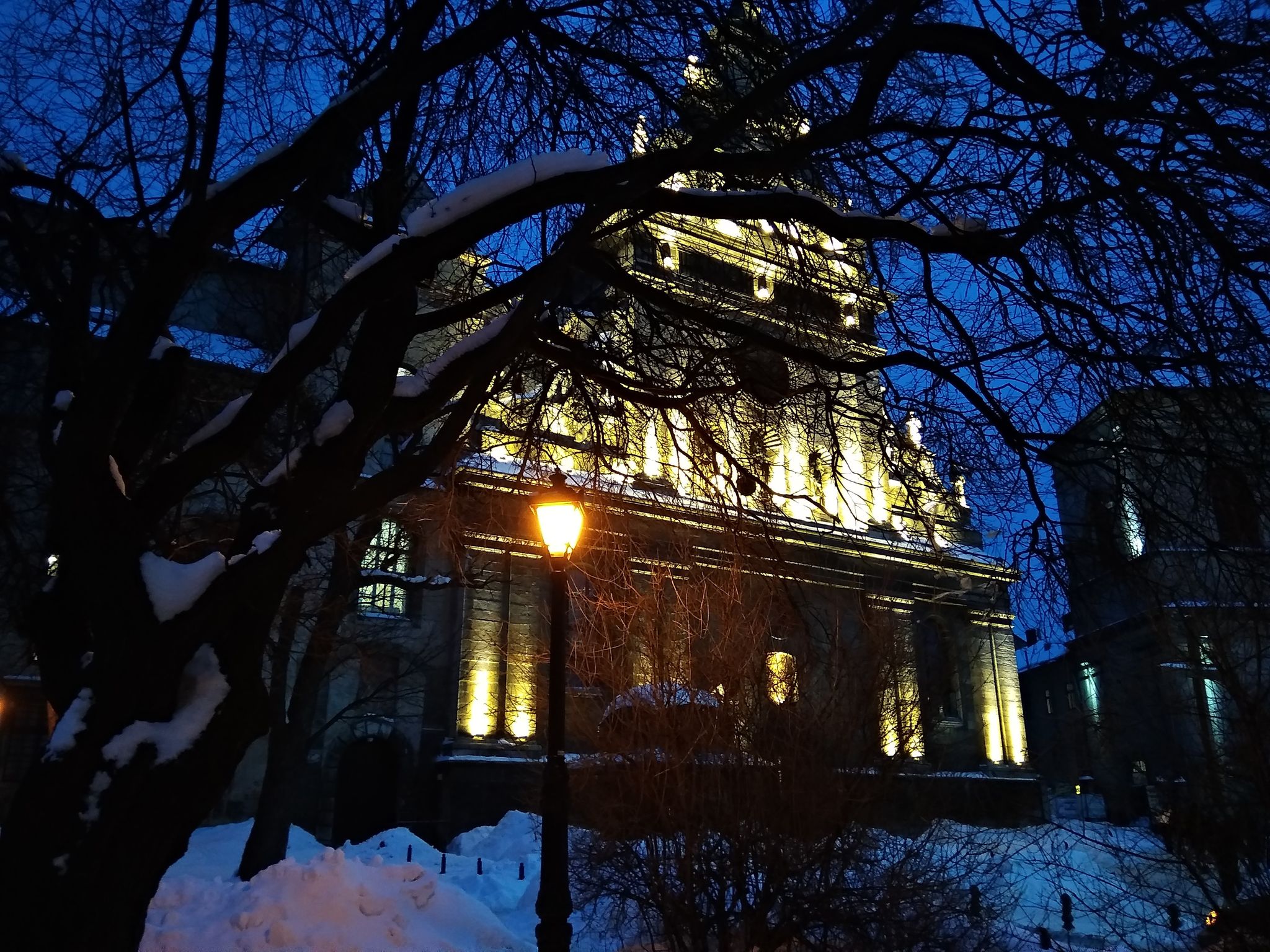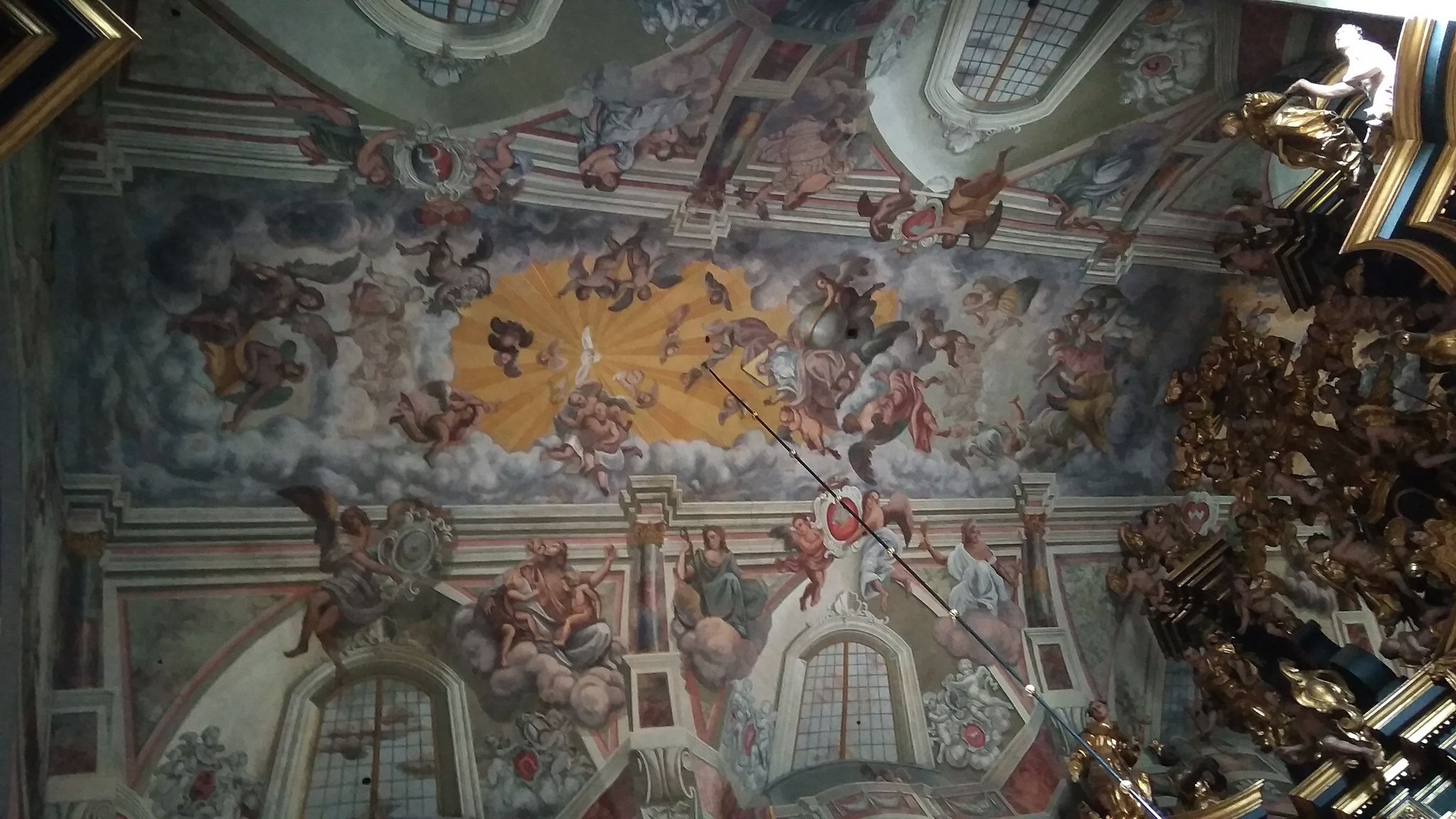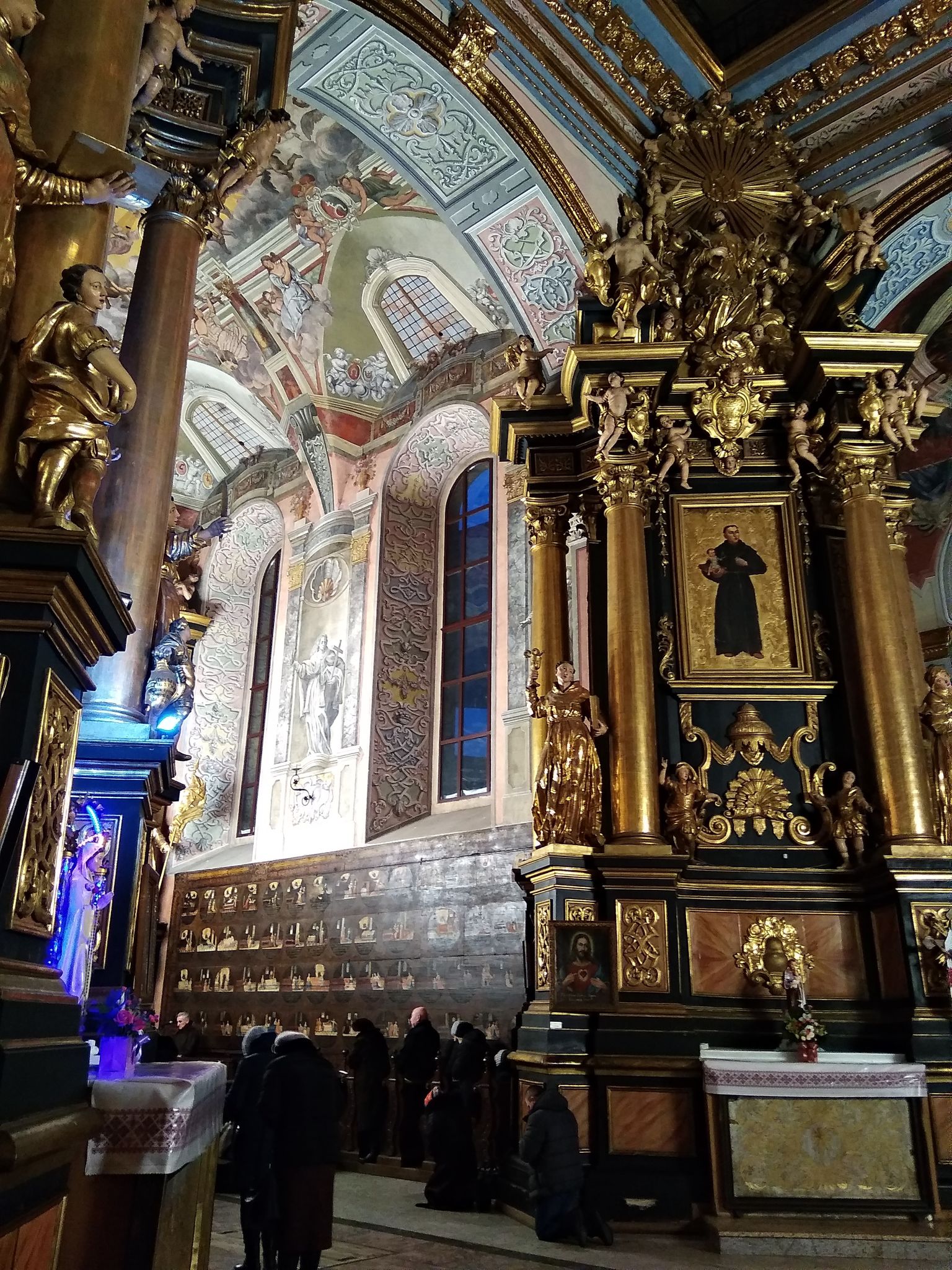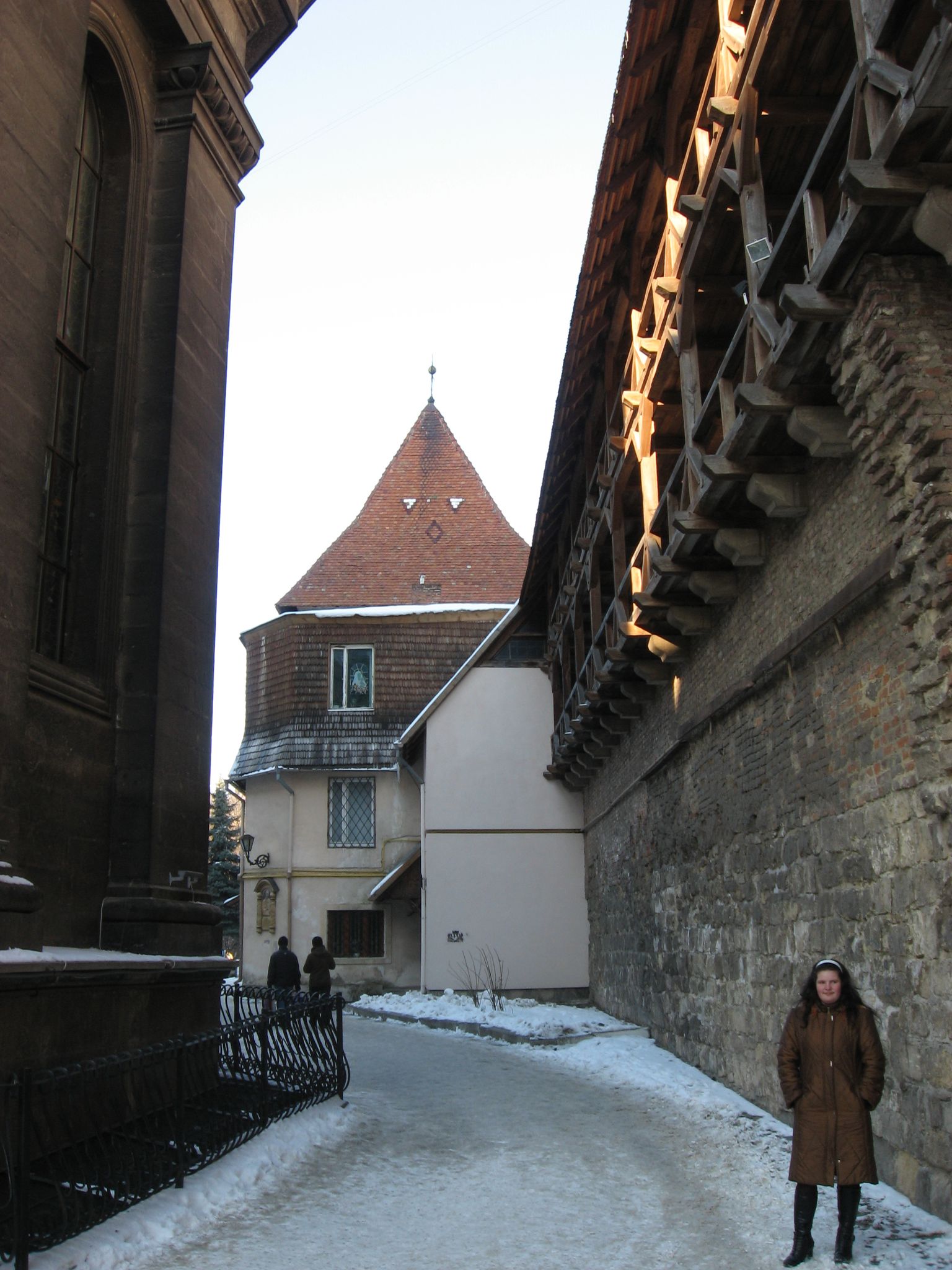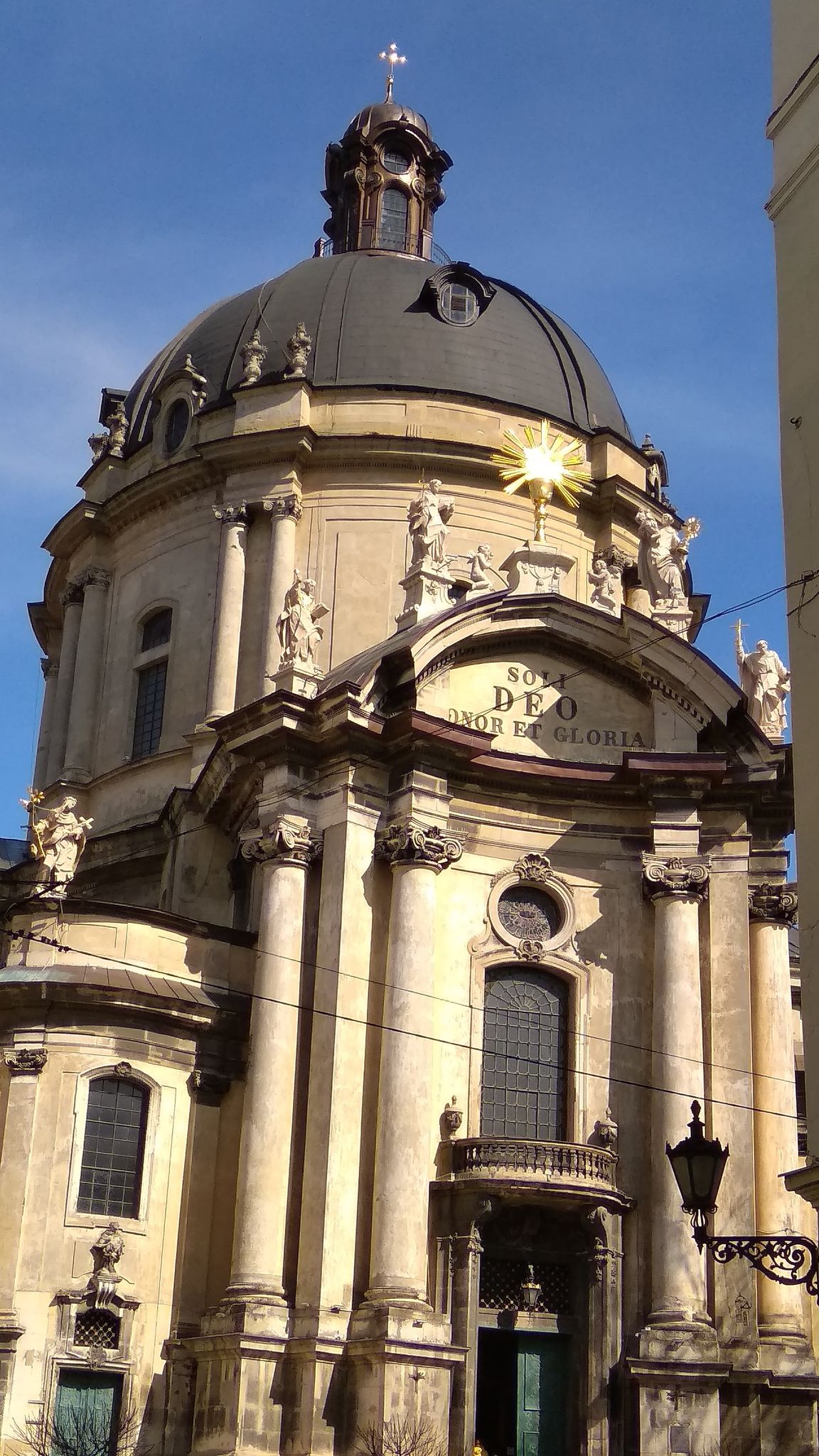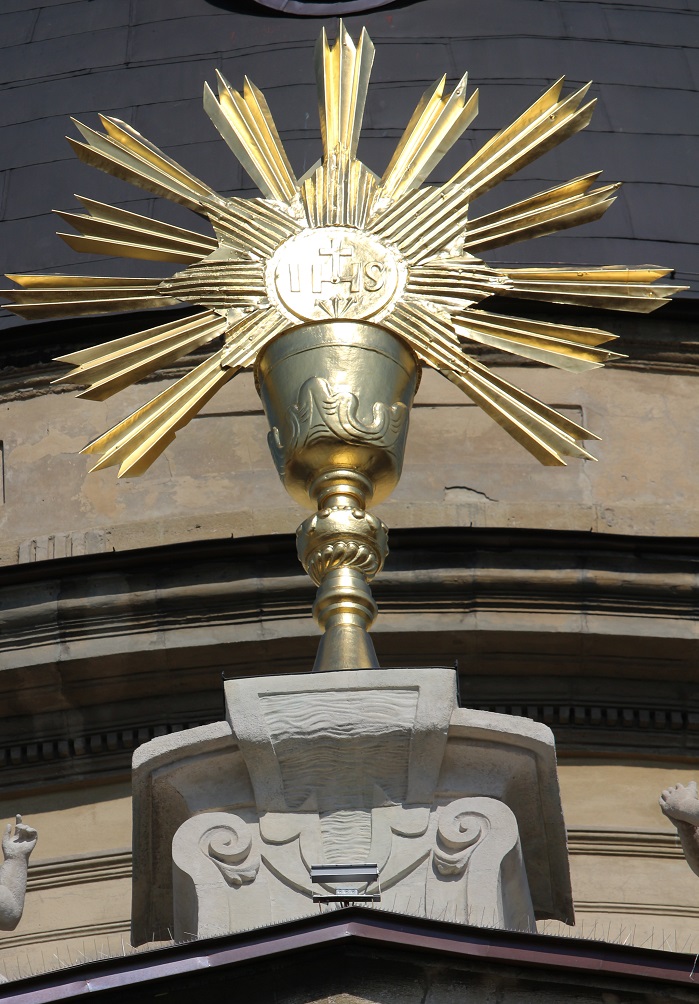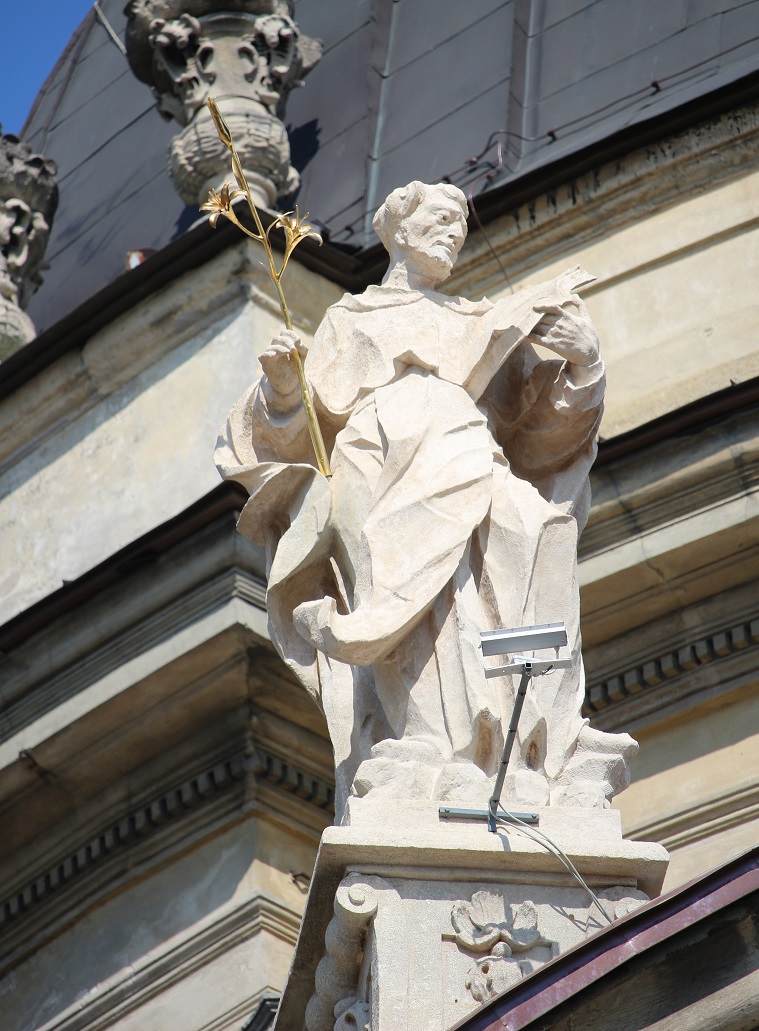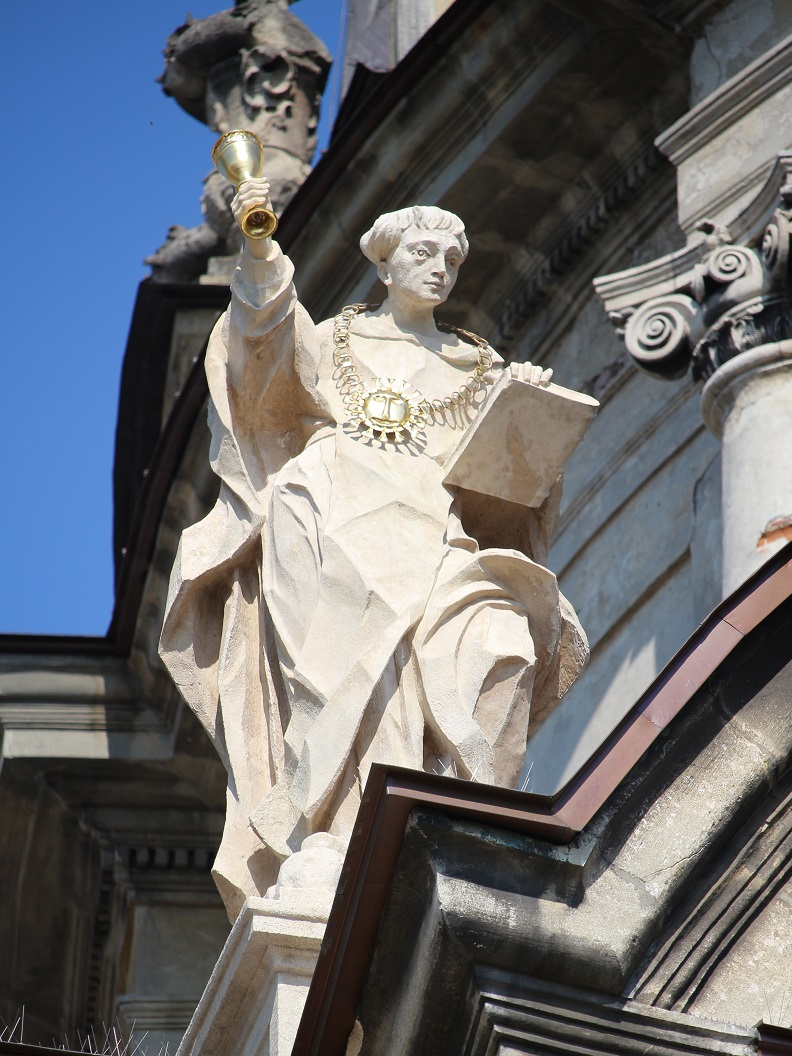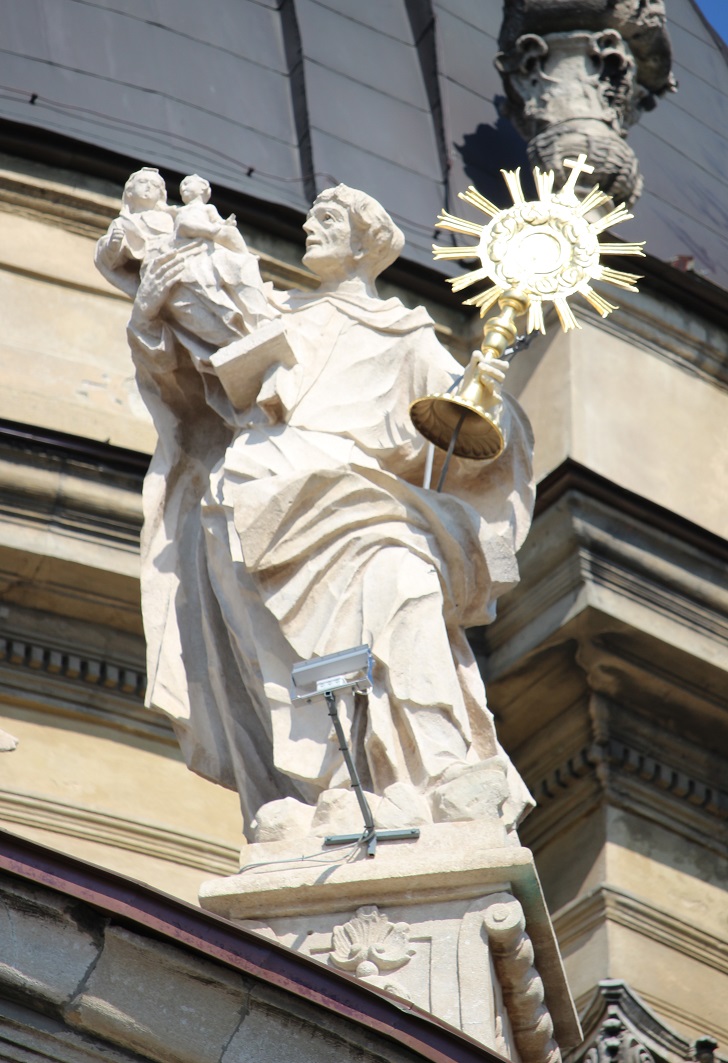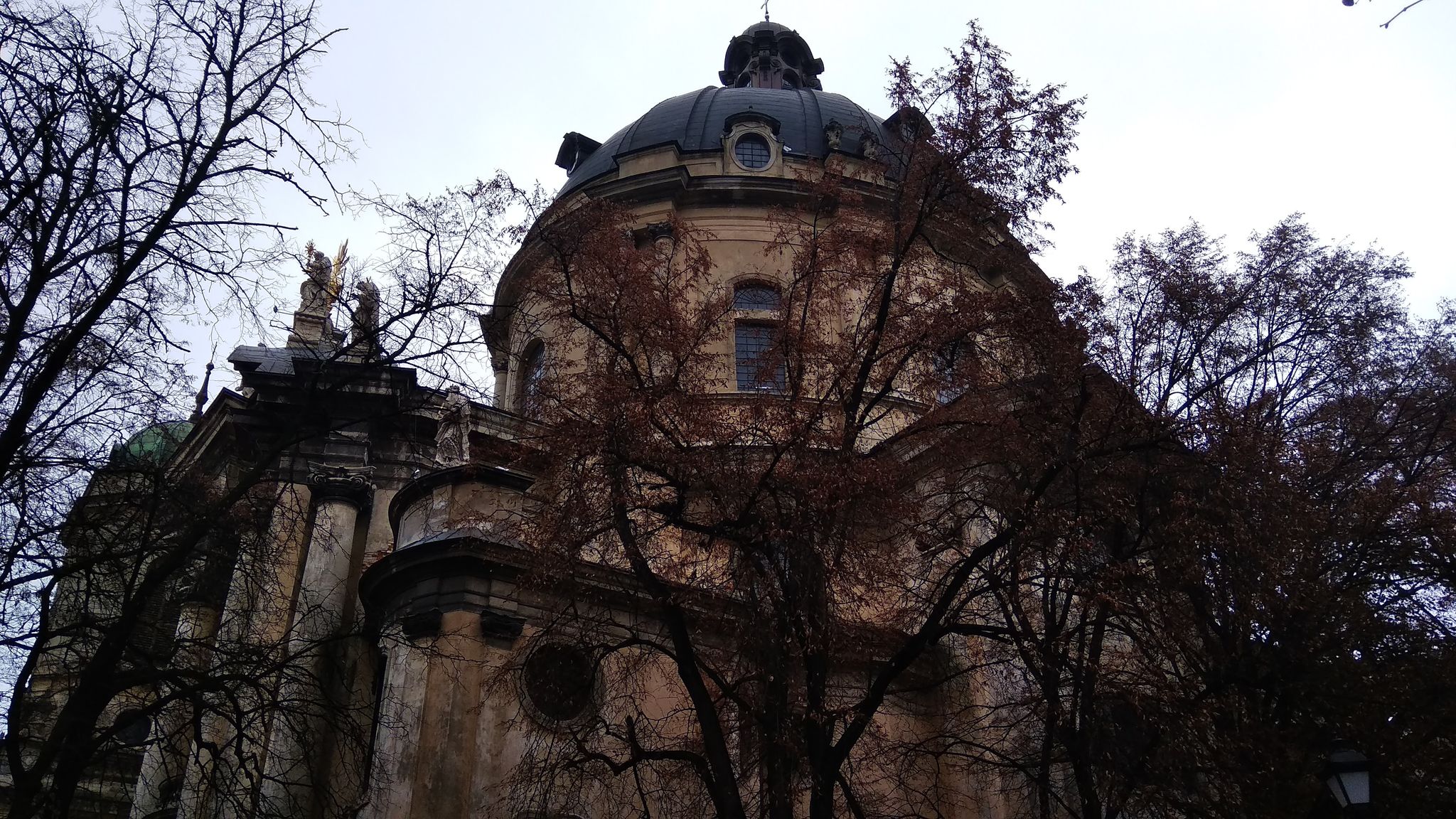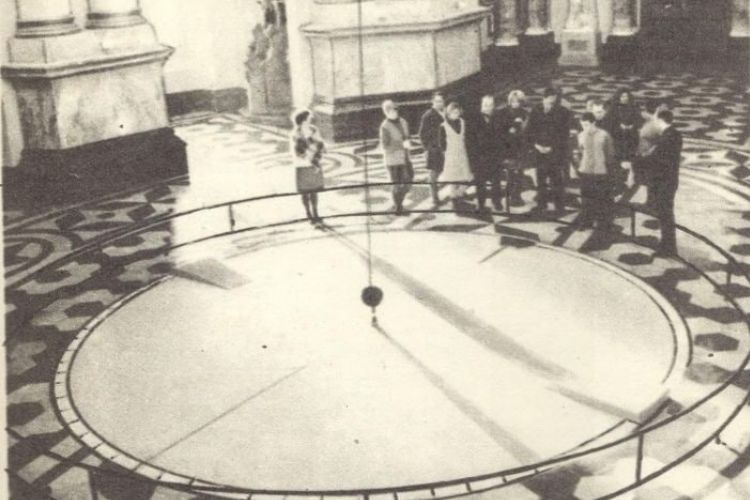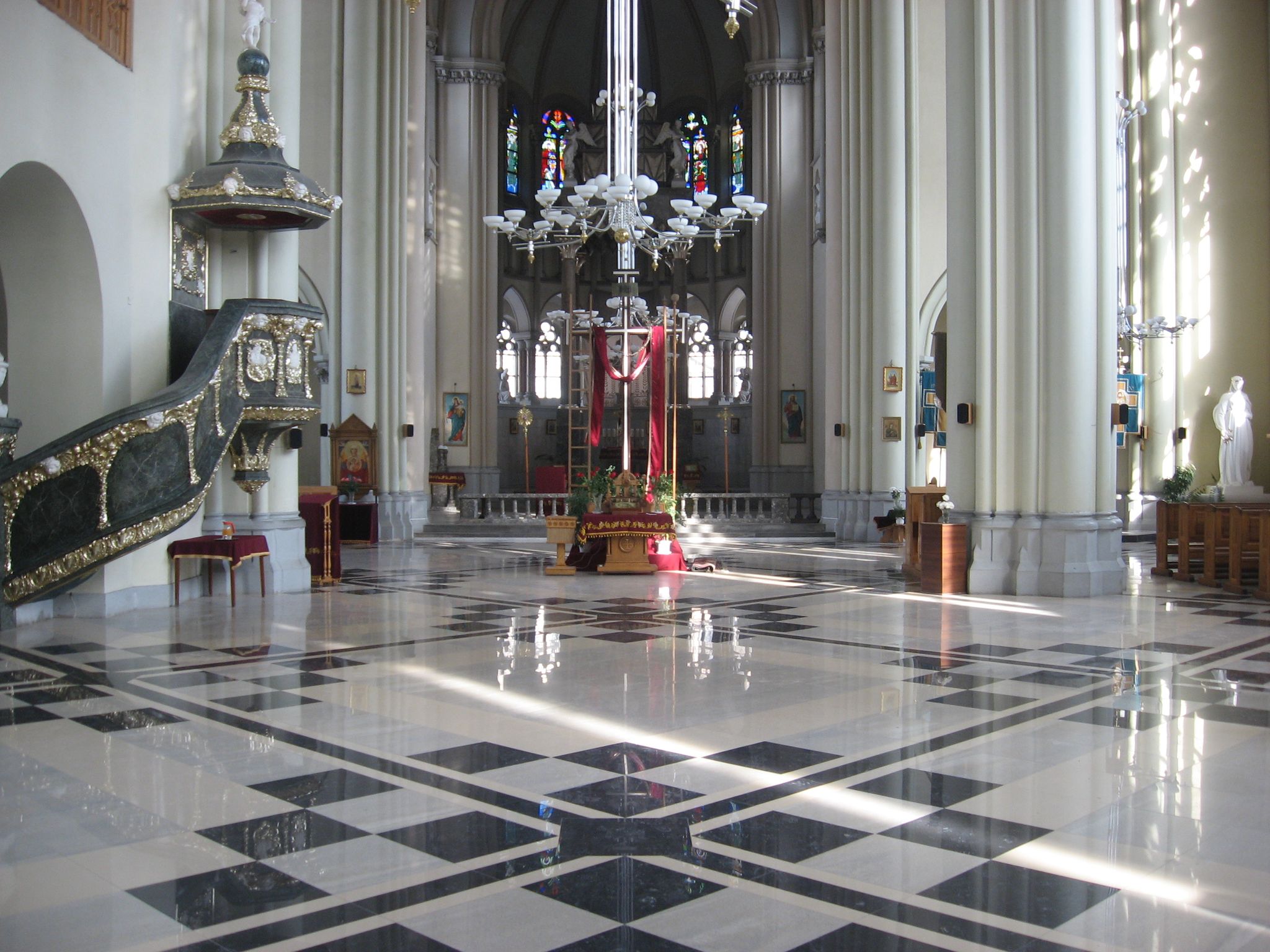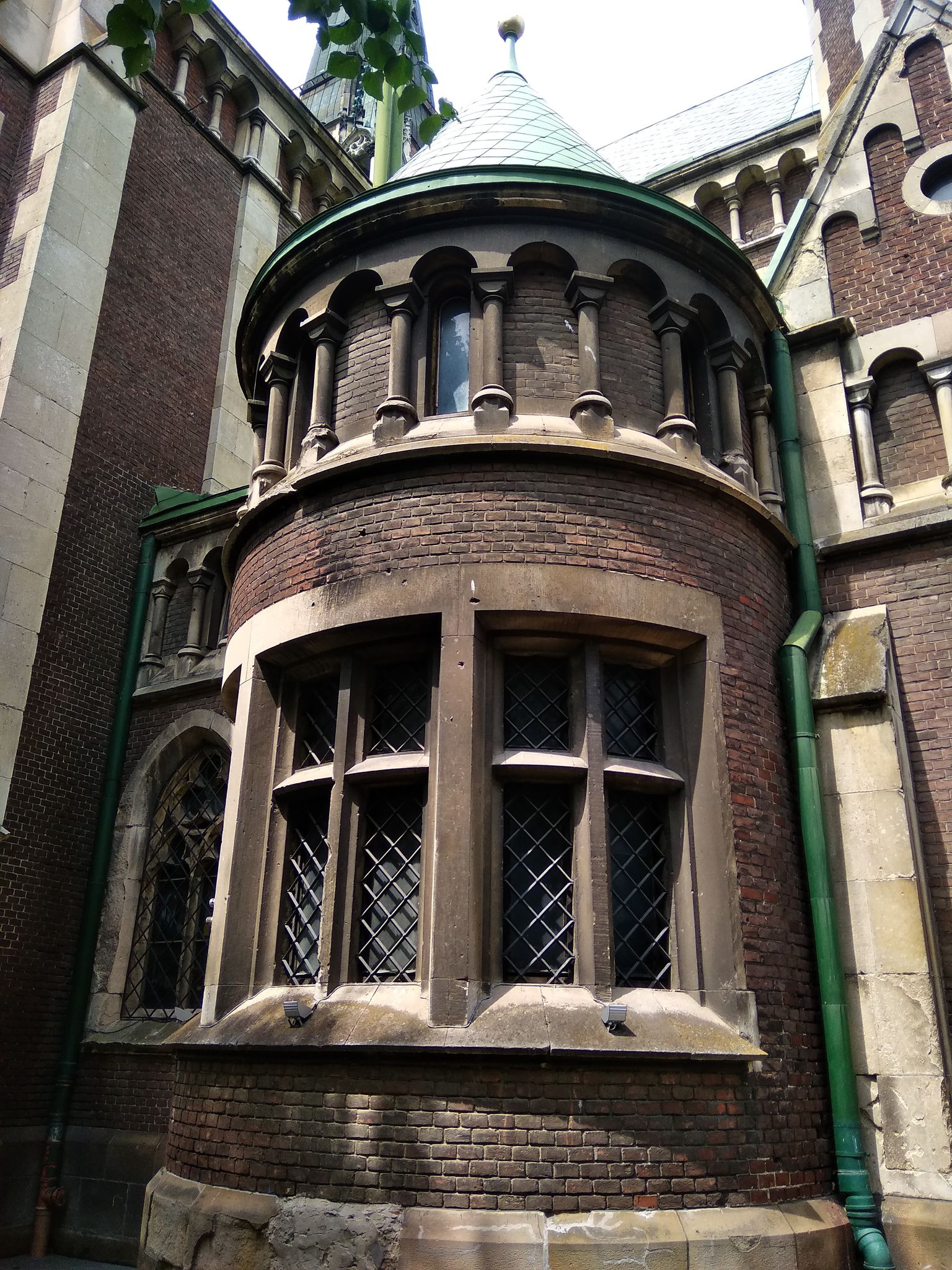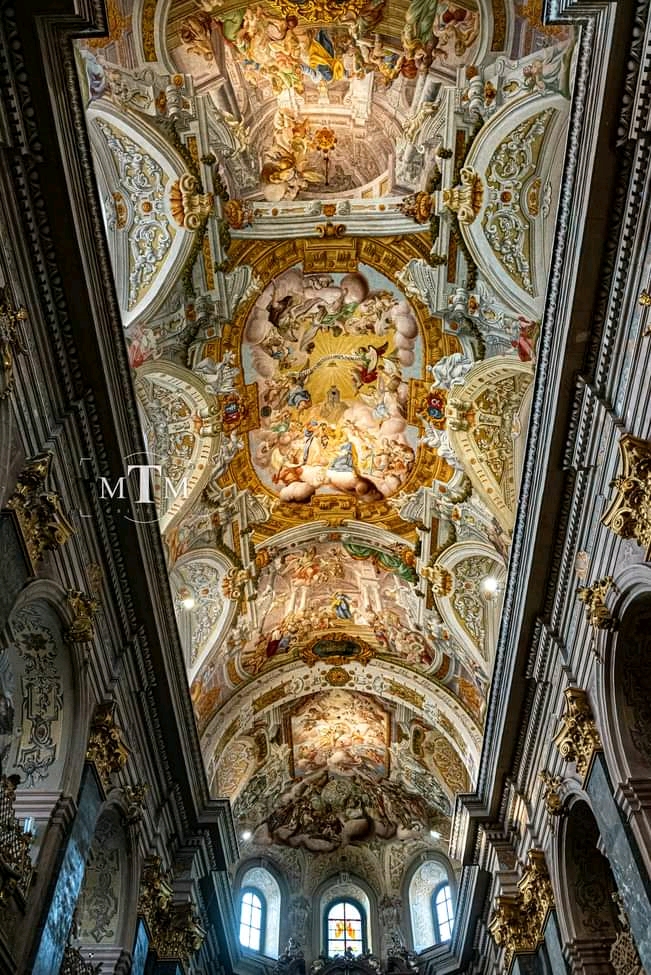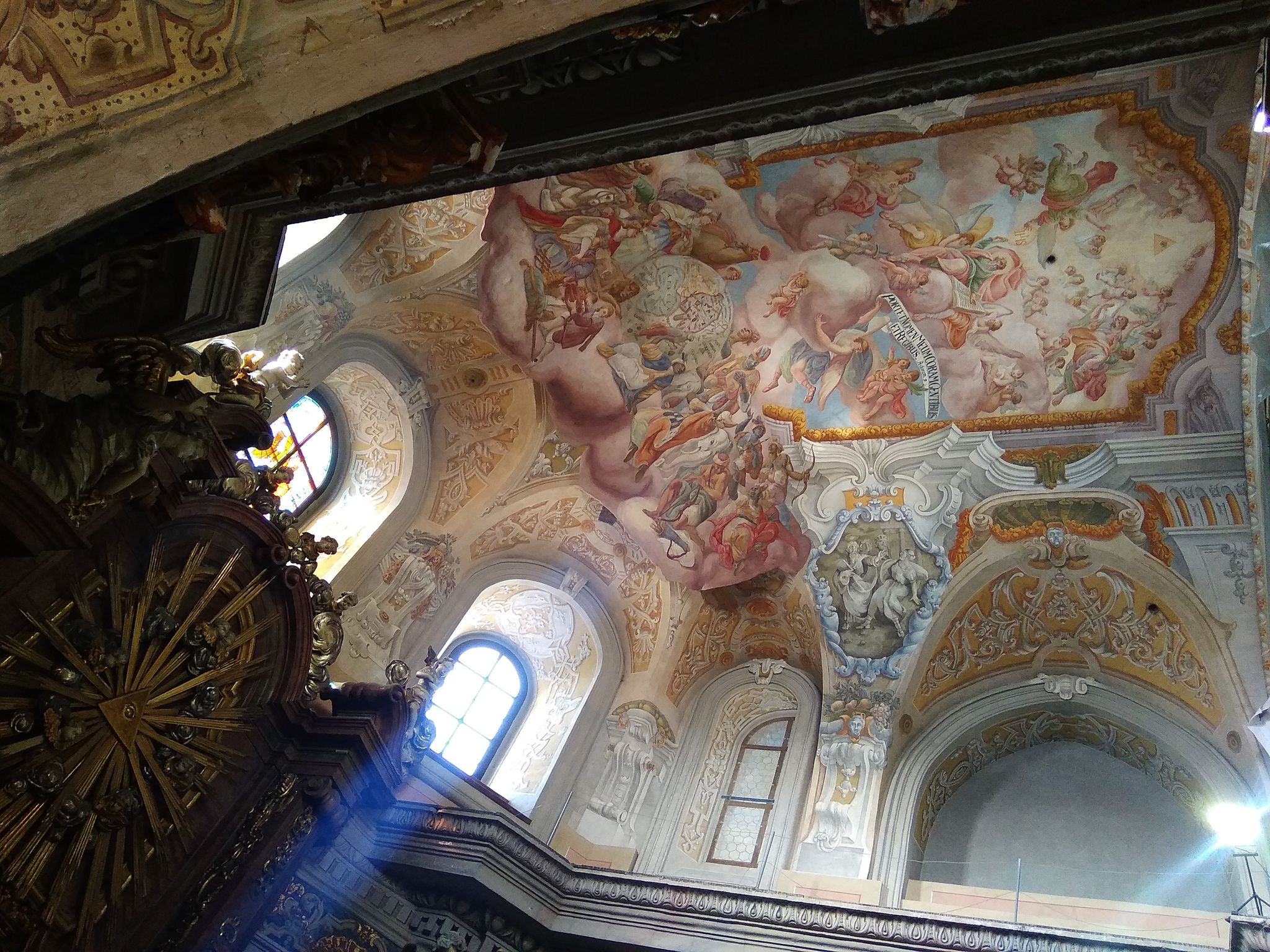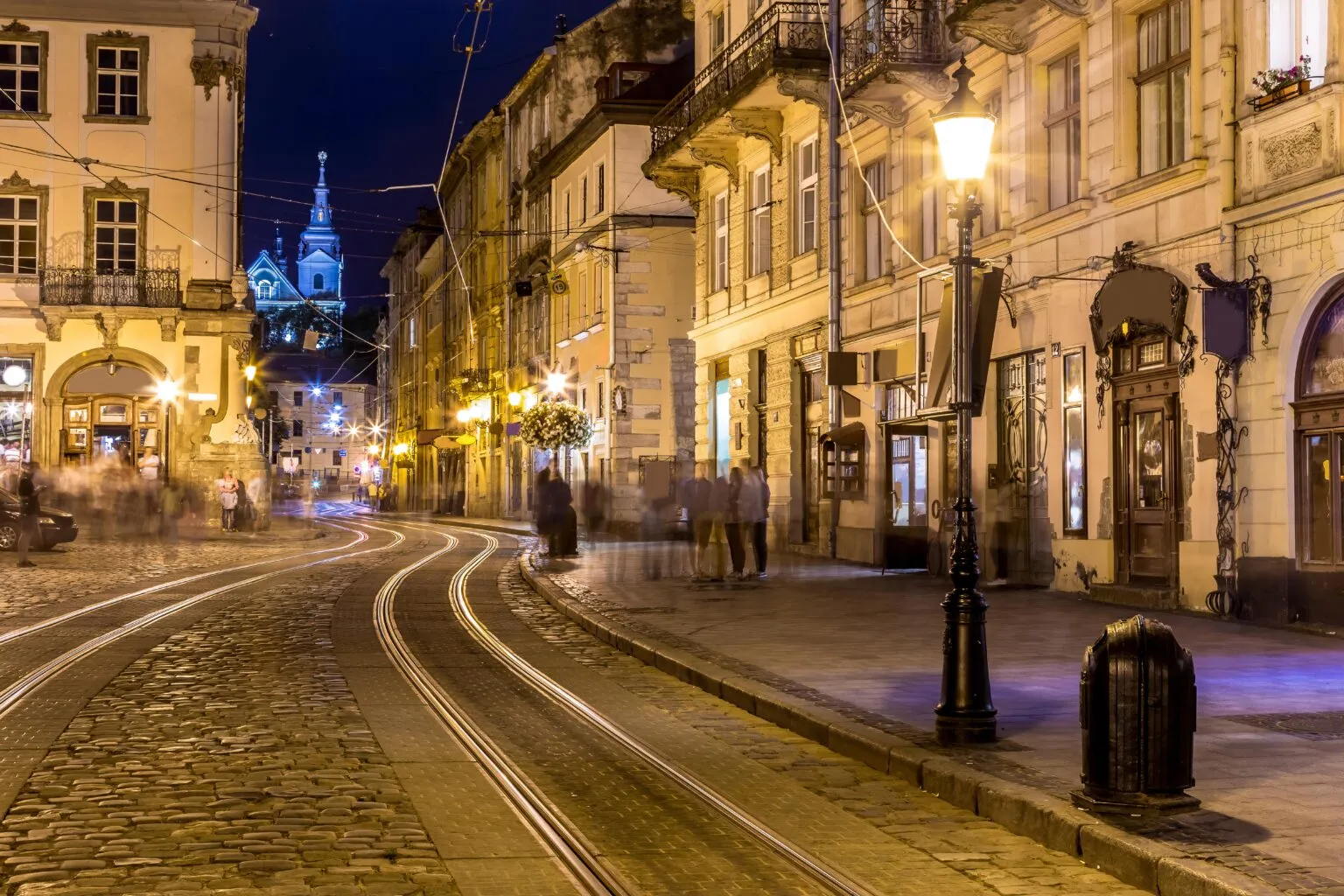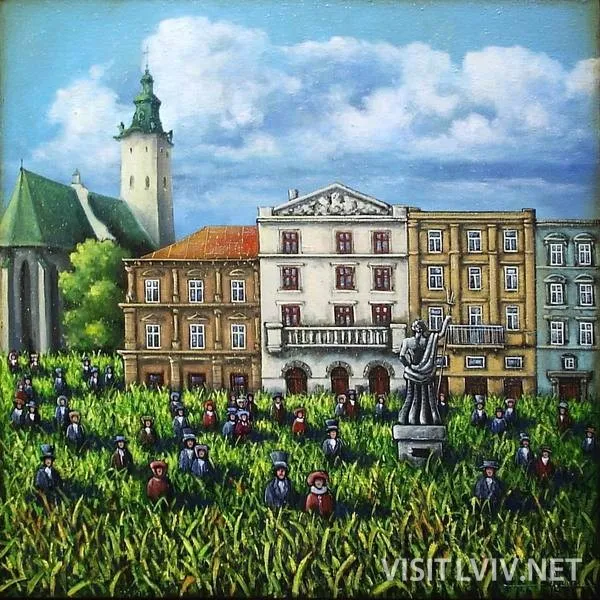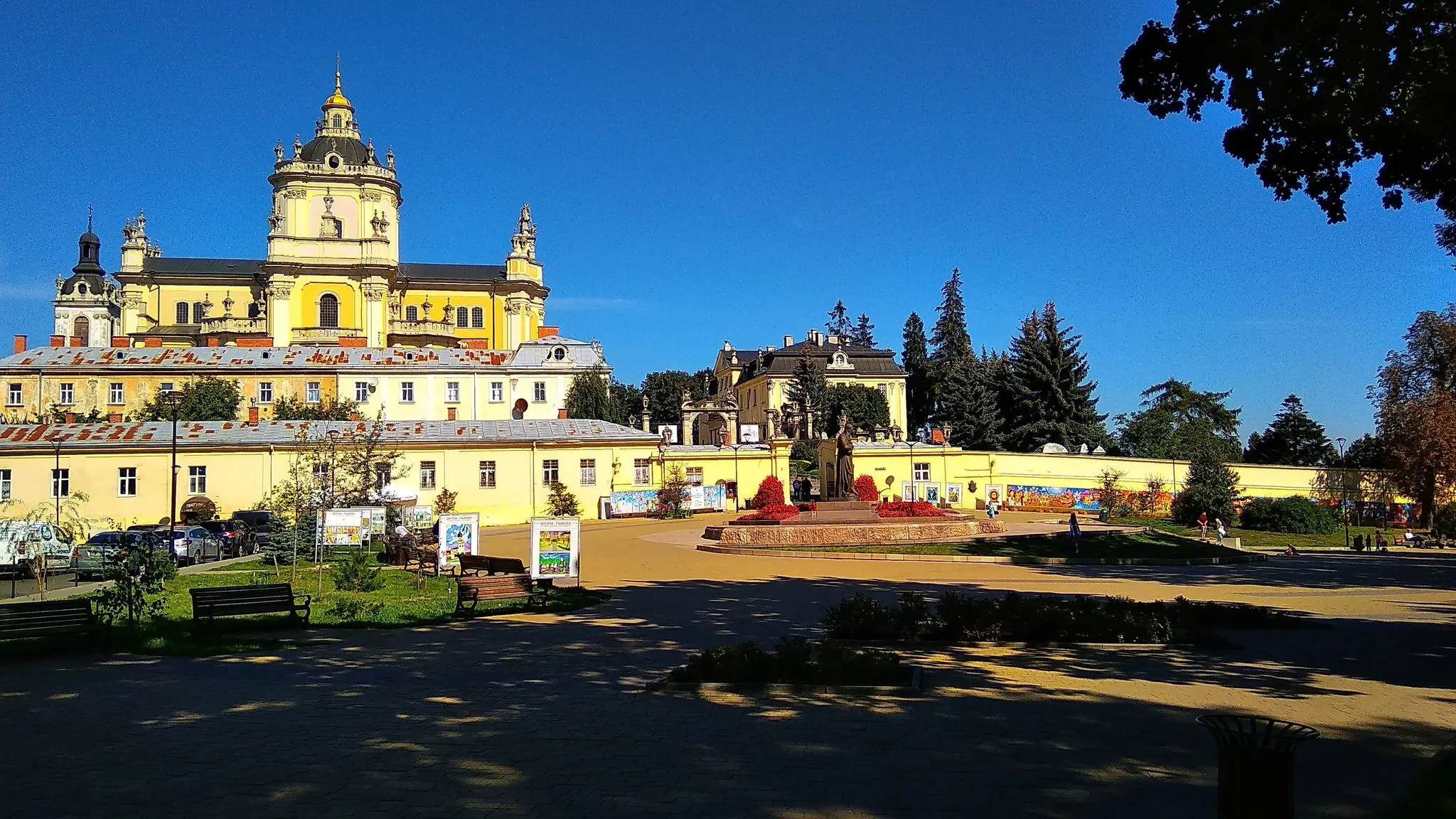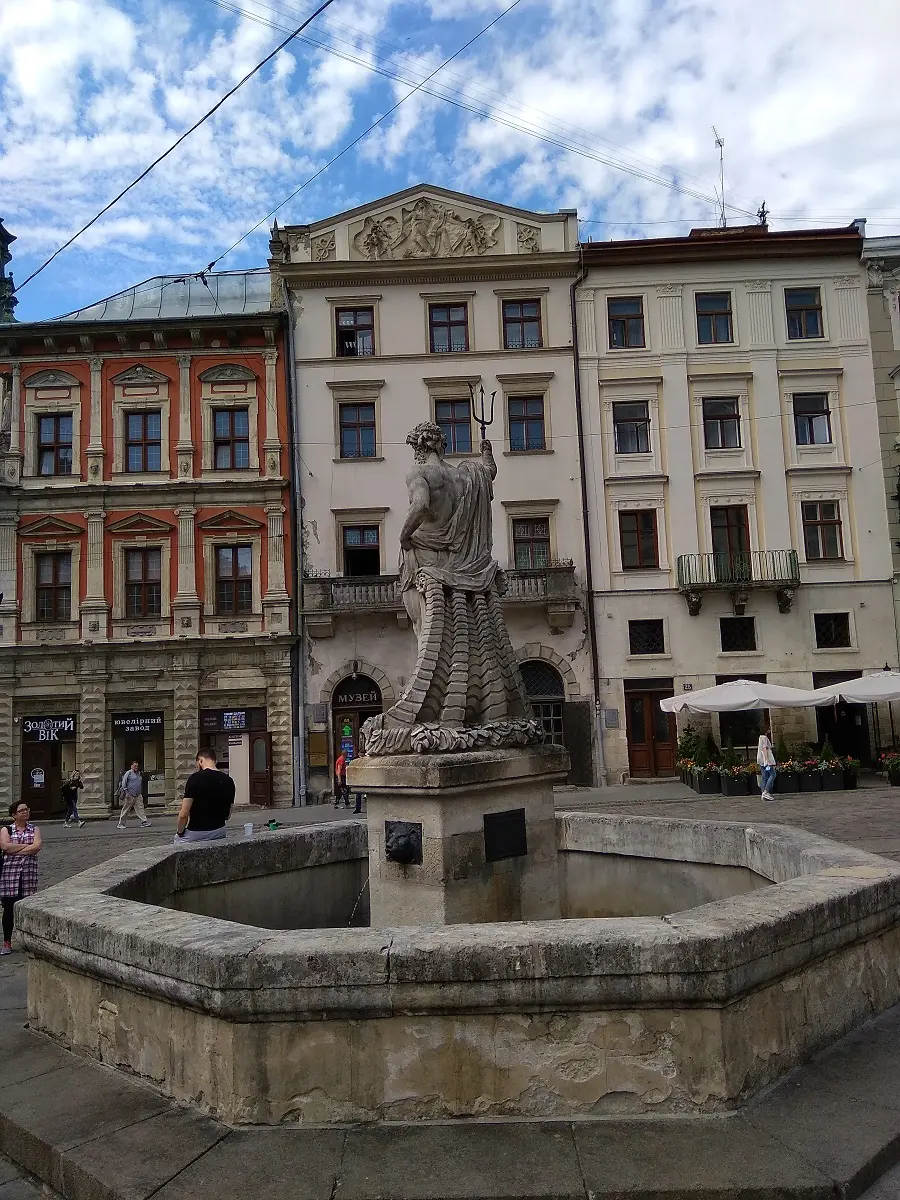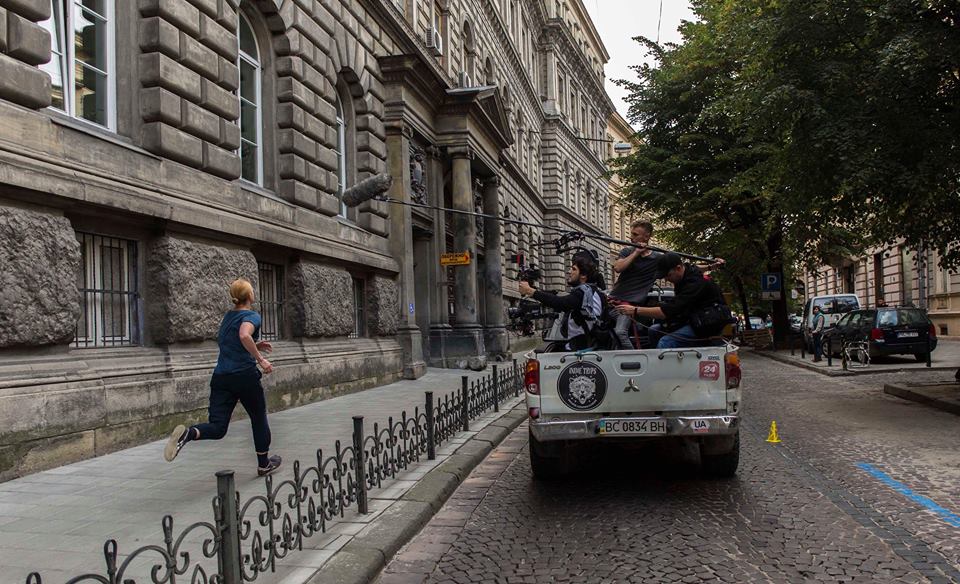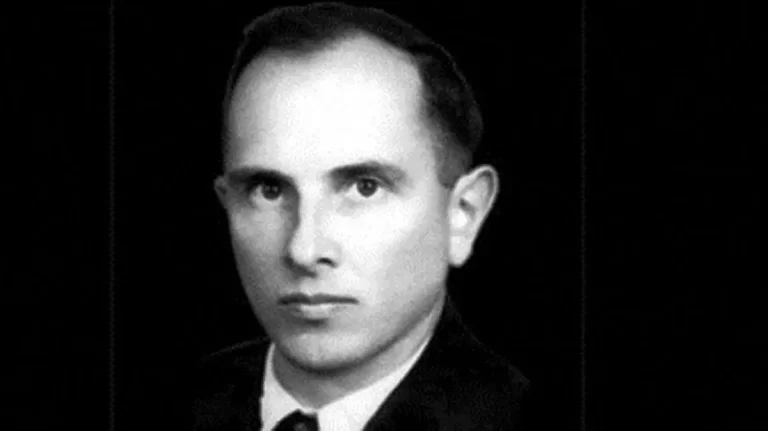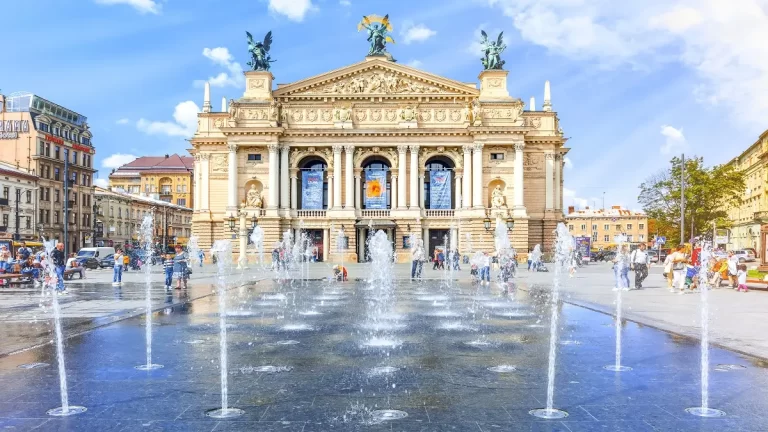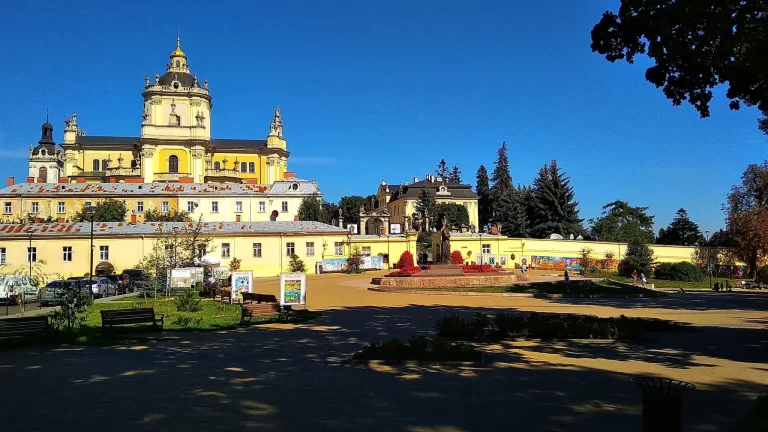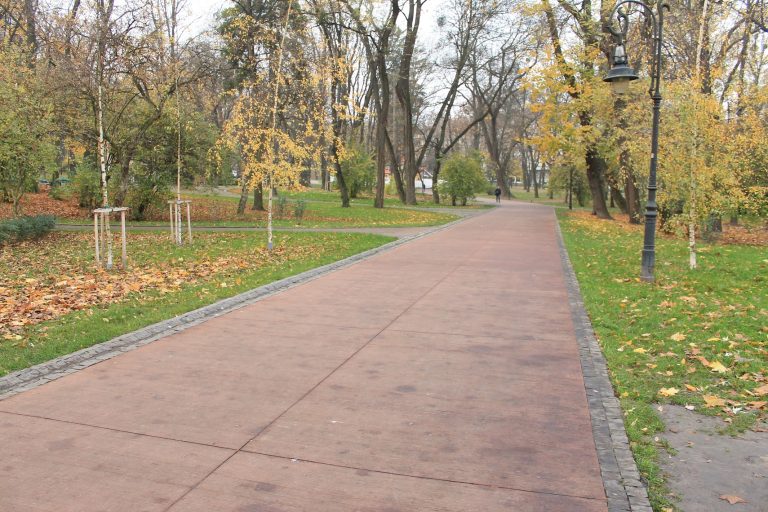10 ancient temples worth visiting in Lviv
Almost all of these temples are included in the UNESCO World Cultural Heritage List. And several more of them are or were the main ones for some of the Christian denominations.
Cathedral of St. Yura
It is often called the main church of Ukrainian Lviv. The first church on this site was probably built as a suburban one in the 13th century. Although, there were attempts to attribute the construction of the temple on Svyatoyurska Gora to Prince Lev himself, in whose honor Lviv was named.
The modern church was built by the Lviv architect of Italian origin Meretin in the Rococo style. The temple is part of a magnificent ensemble consisting of the former monastery and the palace of the archbishops.
For two and a half centuries (from 1700 to 1946 and from 1991 to 2013) it was the main temple of the Ukrainian Greek Catholic Church.
We advise you to visit the crypt (dungeon) of the temple,
Its full name is the Metropolitan Basilica of the Assumption of the Blessed Virgin Mary. It is still the main church of the Roman Catholic Church in Ukraine.
Built either in the 14th or 15th century, it was for a long time the residence of Galician Catholic archbishops. The main decoration of the church is the frescoes of Stroynskyi of the 18th century, which gave the Gothic church baroque grandeur. Several chapels are adjacent to the building.
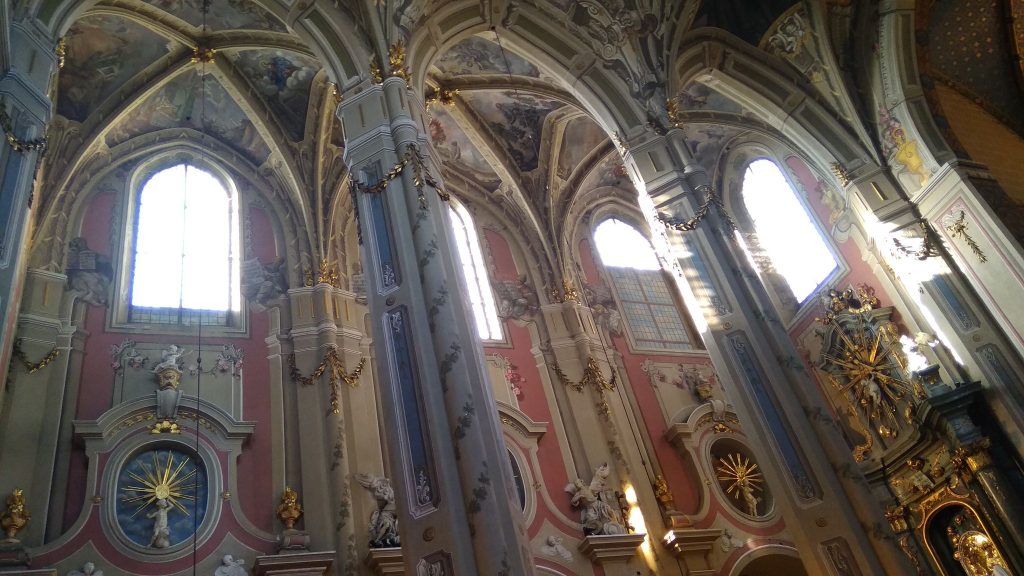
In 1656, when Lviv became the temporary capital of the Polish-Lithuanian Commonwealth, a momentous event took place here, the so-called “Lviv Marriages of Jan Casimir”. The then king proclaimed the Mother of God the Queen of Poland and gave her numerous promises for the liberation of the state from enemies. At that time, almost all of his state was controlled by Moscow, Sweden, and Bohdan Khmelnytskyi.
Armenian Assumption Cathedral
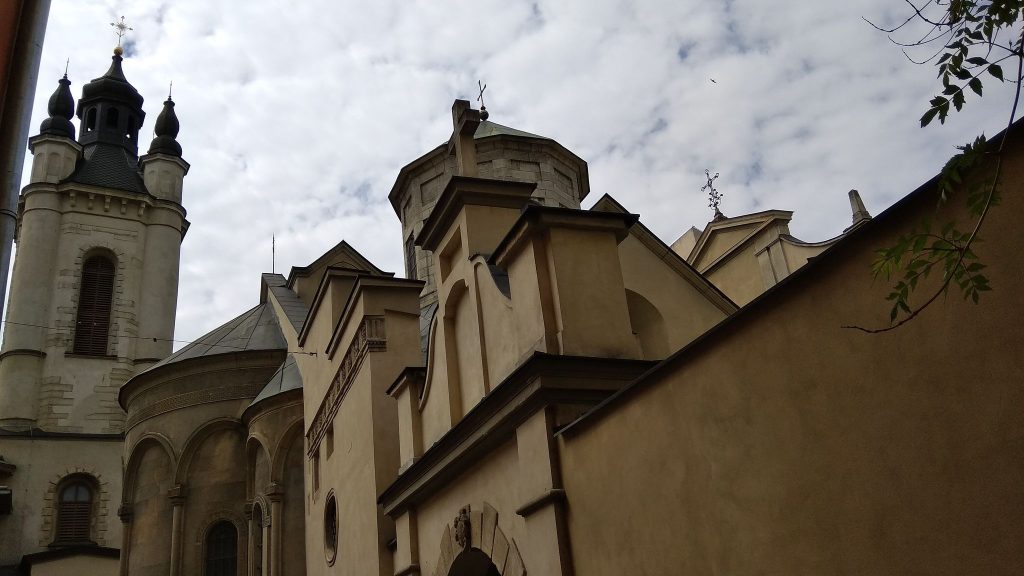
The main church of the Armenian Apostolic Church in Ukraine.
Built in the 14th century. Later expanded. Its main decoration is the frescoes of the legendary Jan Rosen, the mosaics of Josef Megoffer, and the wooden ceiling with gilding. Rosen’s frescoes are mystical and philosophical. Here are depicted grateful spirits, and star signs, beheaded John the Baptist, who blesses, and Mary, who only learned about the pregnancy of Jesus, and already sees his way to Calvary. Interestingly, the artist painted the faces of saints from famous Lviv residents of that time.
A fresco from the 14th century and an ancient baptistery have been preserved. And the yard was lined with ancient gravestones.
Around the temple, there is a whole complex consisting of the archbishop’s palace, the memorial column of St. Christopher, the church bank, and the women’s monastery.
Bernardine Church
Cathedral Square owes its name to him
Built at the beginning of the 17th century. by Lviv architects of Italian origin Pavel Rimlyanin (Paolo Dominici), Amvrosii Prykhylny (Vaberene Nutclauss), and Andreas Bemer, a Lviv German, in the Renaissance and Mannerism style. The building is entirely made of stone, which is rare for Lviv. It was built as a church, now it is the Greek Catholic Church of St. Andrew
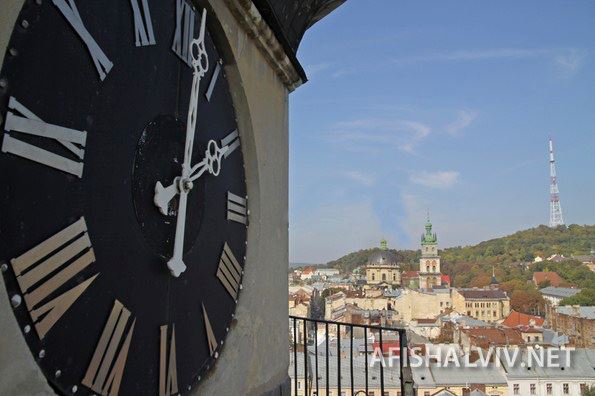
Its construction was funded by the richest magnates of the Polish kingdom, in particular Yuriy Mnishek, whose daughter even became the Tsarina of Moscow. It is interesting that her husband is known as False Dmitry I, it was from here (the modern temple was not yet built) that Stanislav Zholkevskyi, the leader of the kingdom’s troops and the founder of the city of Zhovkva, started his triumphal march to Moscow in 1604.
The first Catholic saint of Lviv, Jan of Dukla, was buried here in the Middle Ages. However, in the middle of the last century, his remains were transported to Poland for burial in his homeland.
This is by far the most magnificent temple in Lviv: a hundred sculptures, 17 altars and magnificent frescoes create an incredible effect! The author of the frescoes of the monk Benedict Mazurkiewicz was taught in Bologna by Giuseppe Pedretti himself.
The church is part of the ensemble of the former Bernardine monastery, which was a defensive structure. Its defensive walls have been partially preserved. So, we advise you to go around the monastery and linger in its courtyard.
In Soviet times, the temple was inactive. Now a thorough restoration has been carried out. Also, it looks from the inside as if it was built and decorated yesterday.
Dominicans
Museum Square
Now the Greek Catholic Church of the Holy Eucharist. But it was built as a Catholic Church of Corpus Christi in 1764. In particular, the tycoon-patron Mykolay Pototskyi, who also financed the creation of the Pochaiv Lavra, offered funds for the construction. He buried his mother in this church.
This church is in the Baroque style. The architects were Jan de Witte and Martin Urbanik.
The Dominican temple was here, most likely, since the time of Prince Leo. It is assumed that his palace could have been here, which was rebuilt into a monastery and is partially preserved to this day.
In Soviet times, the temple was a part of the Museum of the History of Religion and Atheism, a large Foucault pendulum hung from the dome – a famous invention of the physicist, which demonstrates the rotation of the Earth simply and interestingly.
Church of the Assumption
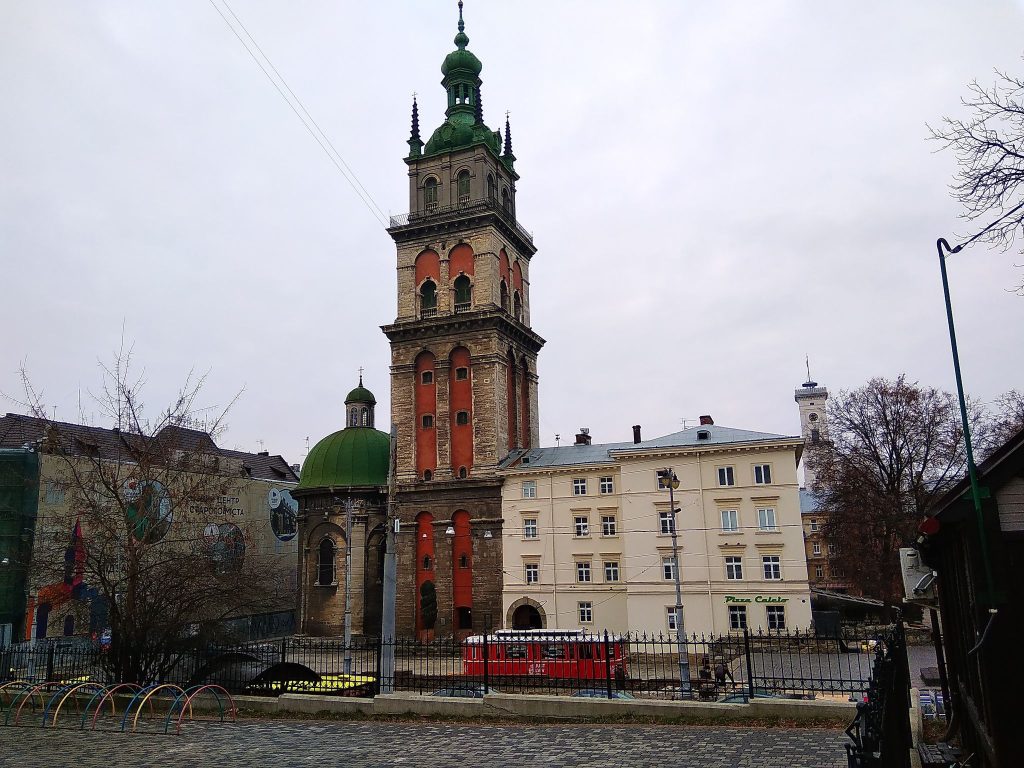
Ruska-Pidvalna streets
At the beginning of the 16th century, Lviv Italian architects Pavlo Rimlyanin, Wojciech Kapinos and Amvrosii Prykhylny built the ensemble in the Renaissance style. The church is entirely made of stone. The bell tower and the chapel are adjacent to it – all of them quite organically and kindly contrast with all the buildings on the odd side of the Basement.
At the beginning of its existence, it was the main Orthodox church of Ukraine and Belarus. It was here that the prototype of the famous church brotherhoods was born, one of which will soon be the Kyiv-Mohyla Academy.
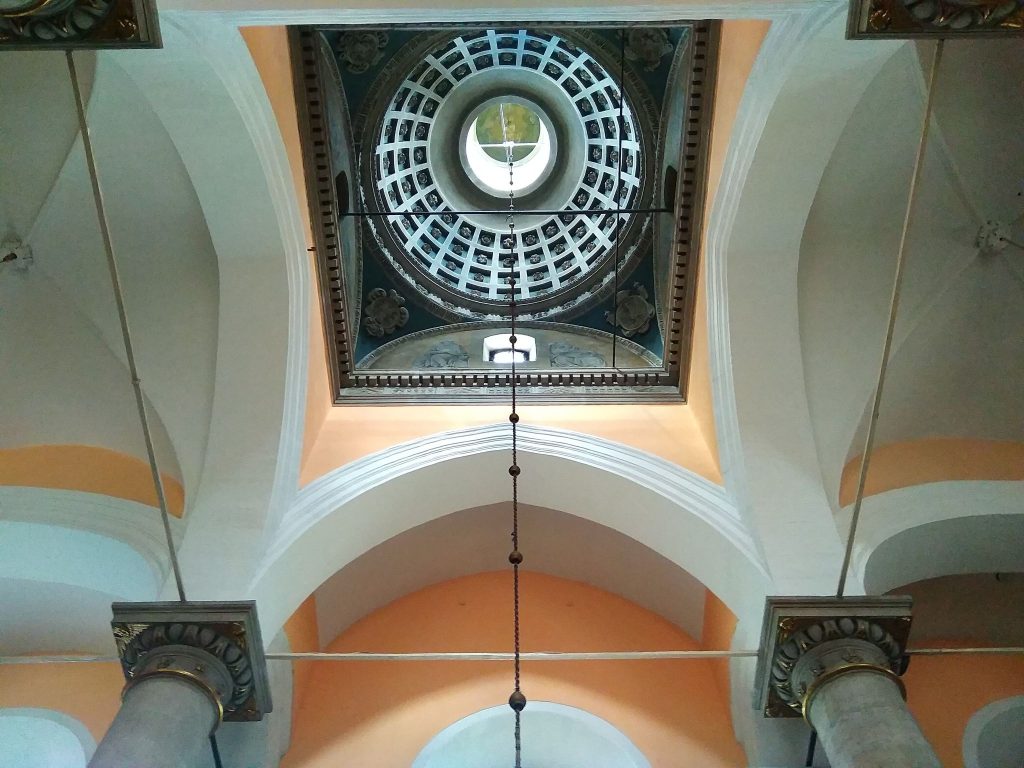
The most famous Ukrainians of Lviv were buried in the crypts, in particular the mother of Peter Mohyla. And for a short period, even Hetman and Prince Ivan Pidkova. On the bell tower of the church hangs the largest bell of Lviv – “Kyril”. The famous printer Ivan Fedorovych (Fedorov) worked at the church, whose monument was erected nearby.
Church of Elizaveta and Olga
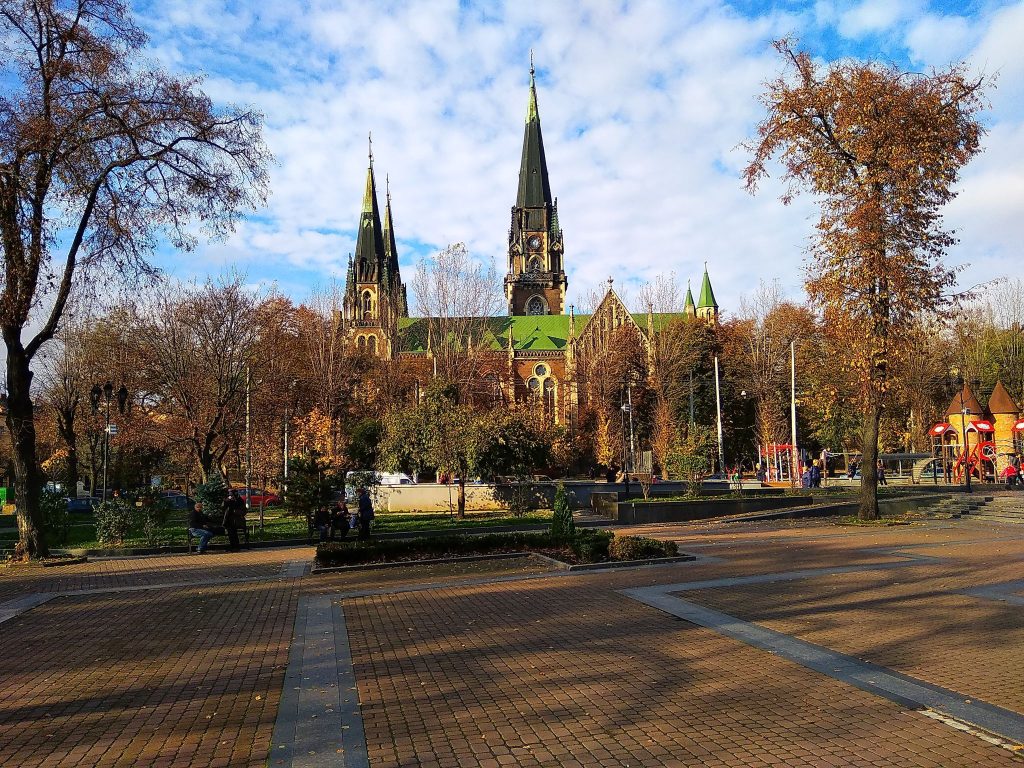
The dominant structure of Kropyvnytskyi Square
The highest church in Lviv (85 m). Meets everyone who arrives in the city via the Main Railway Station. Built at the beginning of the 19th century in the Neo-Gothic style, it had the largest organ in Lviv and the largest stained glass windows. All this was lost during the war and when the Soviet authorities turned the temple into a warehouse.
It was built as a Catholic church. Now it is a Greek Catholic church. Concerning the previous history, the iconostasis was created transparently so as not to cover the old Catholic altar.
One of the towers can be climbed using a circular metal staircase – this is a relatively young and quite popular attraction among tourists.
Carmelite church
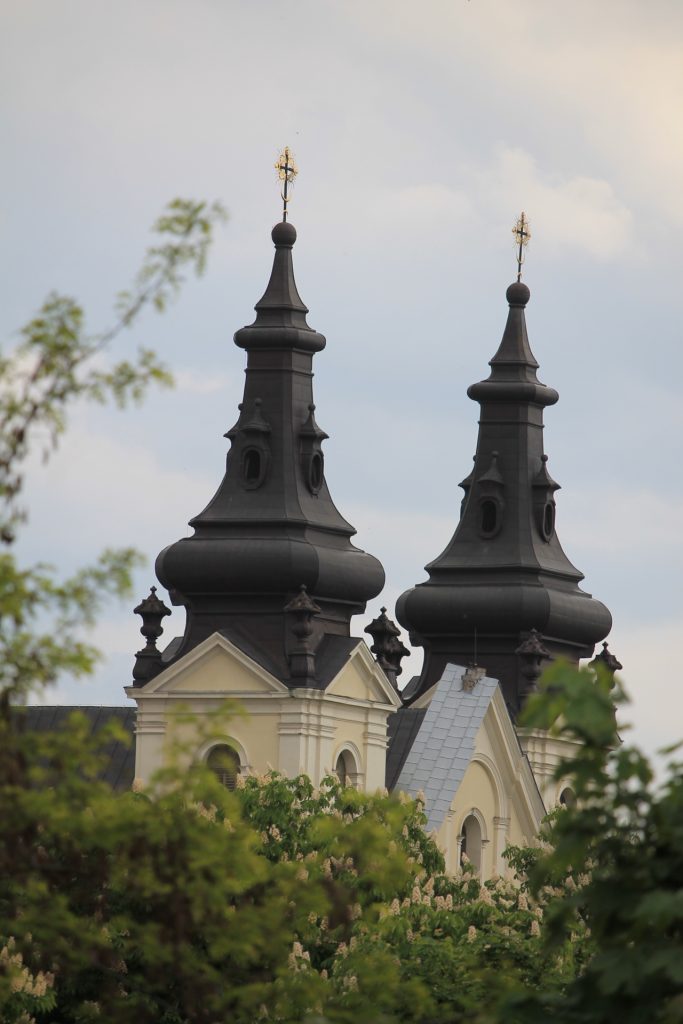
Vinnichenko Street
Built on a hill overlooking the old city. It had its defensive walls. It was built by the Italians Ivan Pokorovich and his father Adam de Liarto. Also painted by the Italian Pedretti, who belonged to the Bologna school of painting. His works mainly depict the saints of the Carmelite order, and St. Joseph, whose cult was especially supported by this order.
It was by attacking this temple that the Swedish king Karl XII in 1704 captured Lviv. For the first time in three hundred years, Lviv was conquered by military action.
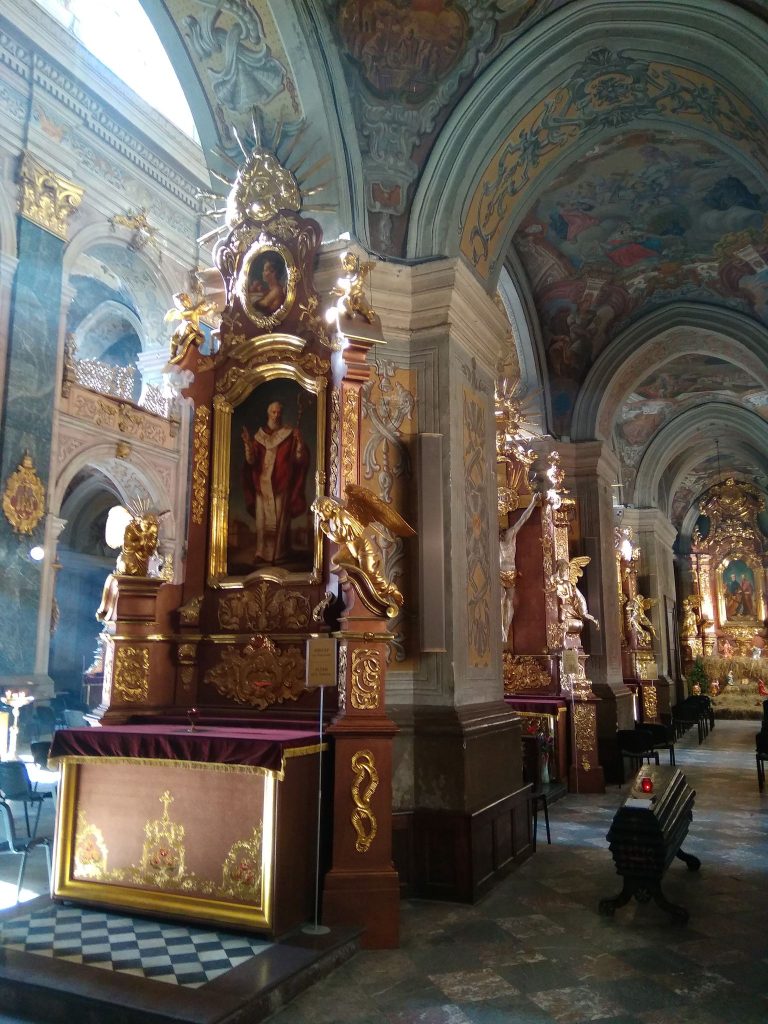
Now, the monastery is no longer of the Discalced Carmelites, but of the Greek-Catholic monastic order of the Students.
The courtyard of the temple is famous thanks to Lviv hippies, who regularly spent time here in the 1970s. They named their corner the “Republic of the Holy Garden”.
Jesuit temple
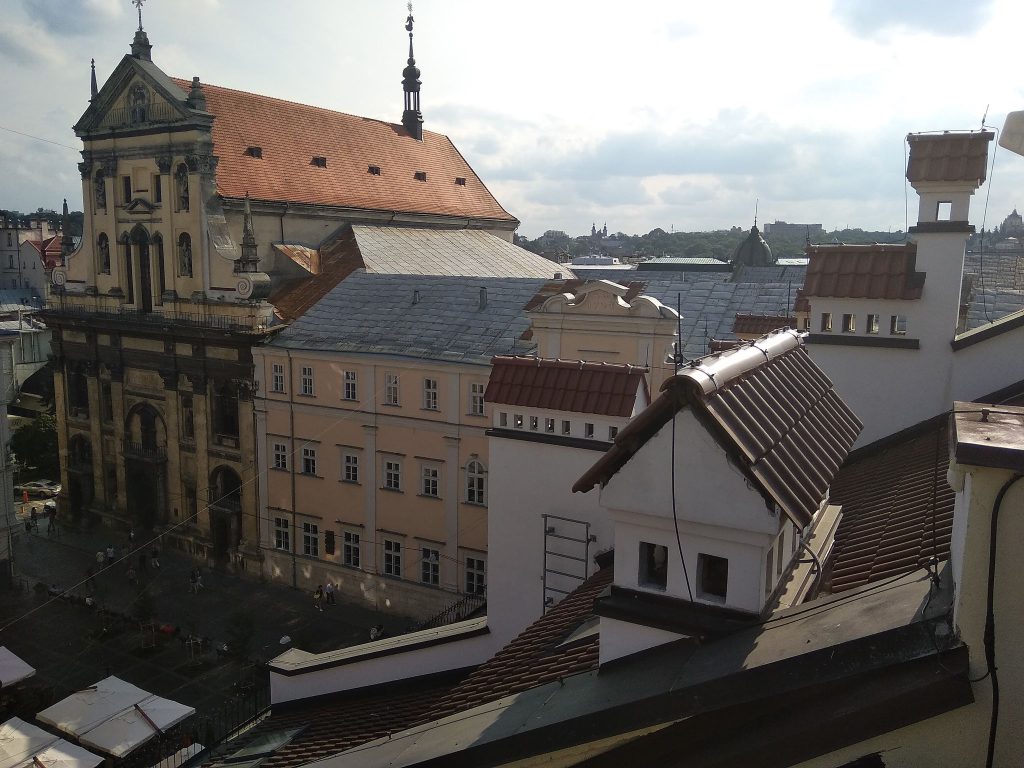
Teatralna Street
It was built by the Italian architect Giacomo Briano at the beginning of the 17th century. in Renaissance style with early Baroque elements.
The former Catholic, and now the Greek-Catholic church of Saints Peter and Paul is undergoing a period of stormy restoration. In Soviet times, it was a book depository. Luxurious frescoes by the Czech Ecksteins, recently restored, are waiting for you. Pay attention to the fresco above the altar, which depicts the Earth with fairly modern outlines of the continents. Various animals and plants were shown around to people of the 18th century. that the Earth is round and wonderfully diverse.
Nearby is the former Jesuit College, where Bohdan Khmelnytskyi and his staunch opponent Yarema Vyshnevetskyi studied. It was from the collegium that Lviv University was born.
Also, the temple has a garrison (military) function, so don’t be surprised by things from the war, flags, and photos of our Heroes.
We also recommend visiting the dungeons of the temple, which is now a museum. Its entrance is from the opposite side (from Svobody Avenue). It once housed the burials of the first dignitaries of Lviv and the kingdom.
Boim Chapel
The corner of Halytska Street and Cathedral Square
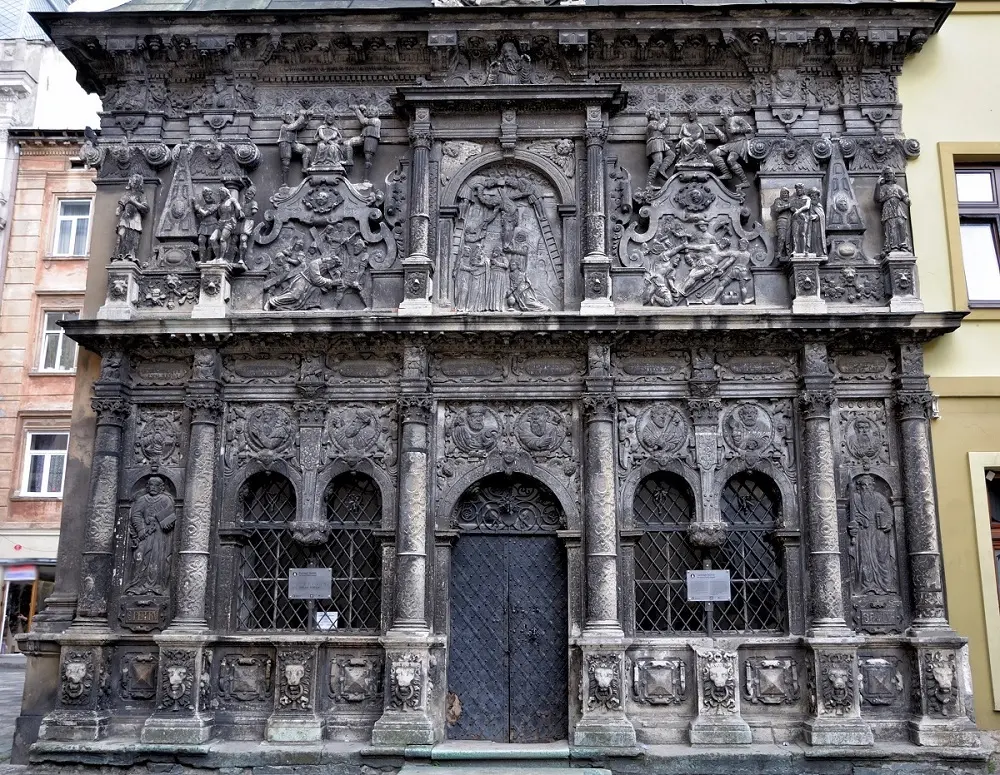
This is a burial “mausoleum” of the beginning of the 17th century. of the Lviv patrician Boim family. George, a Hungarian from the Principality of Transylvania, arrived in the city with the mail of the new king, Stephen Batory. He settled here, converted from Protestantism to Catholicism, and founded a powerful family. He was even the king’s secretary. Three generations of the family were buried in the chapel. One of the Boims was a Jesuit monk and became an adviser to the emperor of China. One of the first Europeans to thoroughly study Chinese nature and medicine.
The chapel was built by Andreas Behmer in the Renaissance and Mannerism style. Incredibly generously decorated with stone carvings and high reliefs. They cover the entire interior, even the dome, as well as the main facade from the outside. Once all this was also painted. Crowning the tomb is a rare image of Jesus in a crown of thorns, sitting (sculpture of Sorrowful Jesus). Even now, the chapel looks majestic. This is a unique sight of Lviv, which is worth seeing.

